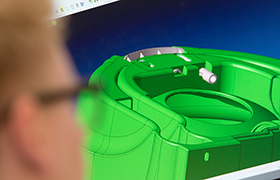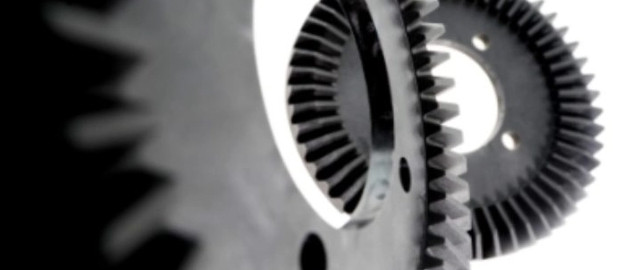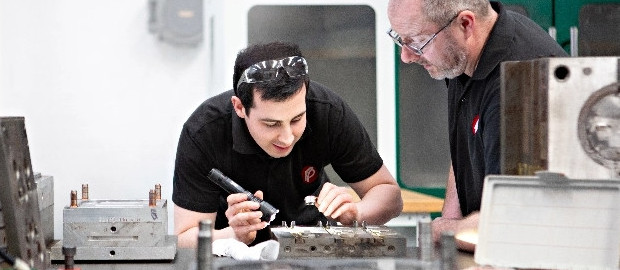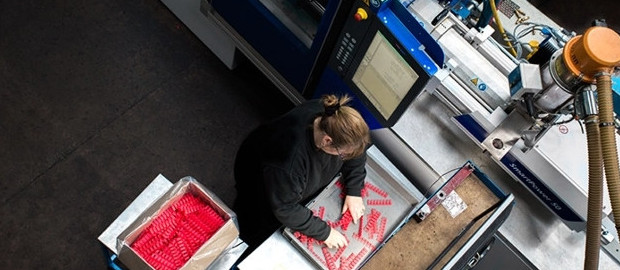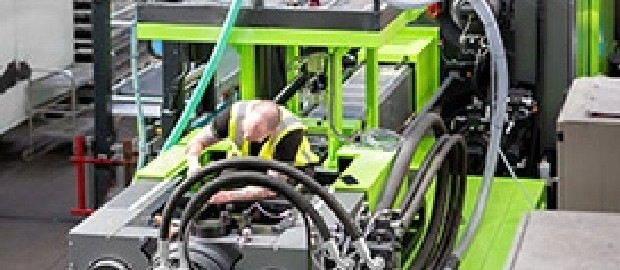POLYMER IMPACT STRENGTH
In the tensile and flexural testing the material absorbs energy slowly. In reality the material may have to absorb energy quickly, for example a slow speed collision in a car, falling objects or the product itself being dropped. Impact testing is designed to stimulate such situations.


There are two methods used to measure the behaviour of material specimens under specified impact stresses – Izod and Charpy. Both tests employ a pendulum impact machine with the specimens being clamped in a vice and a pendulum hammer released from a predefined height. The specimen shears from the sudden impact and the residual energy carries the pendulum hammer upwards. The difference in the drop height and return height represents the energy required to break the test specimen. Tests can be carried out at different temperatures and the specimens can vary in the type and size of the notches.
The impact values in themselves should not be used as a basis for design calculations. However, they can be used to rank materials measured under the same conditions. Comparisons of materials may be further complicated by the thickness of the specimens. A specimen that may show signs of fracture at 3mm thickness shows no sign of failure at 4mm.

IZOD IMPACT STRENGTH (ASTM D256, ISO180)
The notched Izod impact test has become the recognised standard for comparing the impact resistance of plastic materials. However, like many tests, they have little relevance to how a moulded part will perform. Materials vary in their notch sensitivity so this test will penalise some materials more than others. There is also an unnotched Izod test which always gives superior results due to the absence of a stress concentrator.
Izod impact strength is the energy used to break a specimen divided by its cross-sectional area at the notch.
ISO 180 Izod differs in that there are two possible notch configurations, Notch A is the most commonly used:
| A | Notch base radius 0.25mm |
| B | Notch base radius 1.00mm |

Under the ASTM D256 test the specimen is held vertically in a vice and is impacted by a swinging pendulum.
The ASTM results are defined as the impact energy in Joules, divided by the length of the notch (or thickness of the specimen). Reported in J/m. The ISO results are defined as the impact energy in Joules used to break the test specimen divided by the specimen area at the notch. Reported in kJ/m2.
CHARPY IMPACT STRENGTH (ISO179)
Charpy impact tests differ in sizes of specimen:
| No. | Length | Width | Thickness | Span |
|---|---|---|---|---|
| 1 | 80mm | 10mm | 4mm | 62mm |
| 2 | 25X Thickness | 10mm or 15mm | 3mm | 20X Thickness |
| 3 | 11X or 13X Thickness | 10mm or 15mm | 3mm | 6X or 8X Thickness |
Types 2 and 3 are used for long fibre reinforced materials.
And three notch types:
| A | Notch base radius 0.25mm |
| B | Notch base radius 1.00mm |
| C | Notch base radius 0.10mm |

